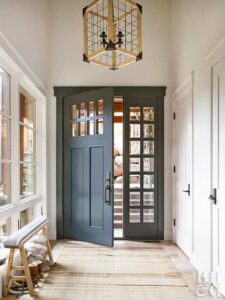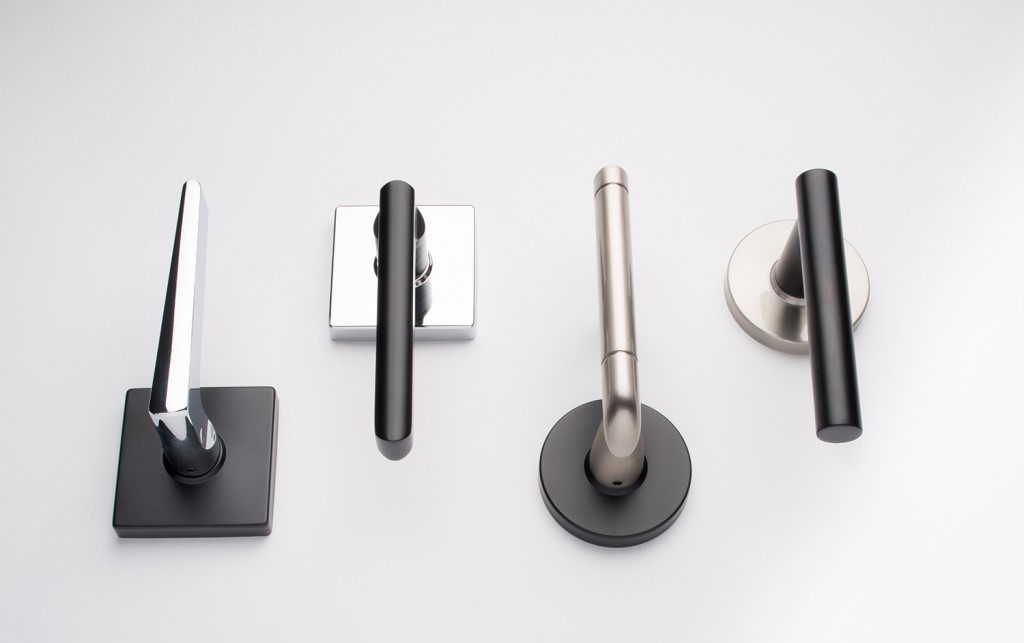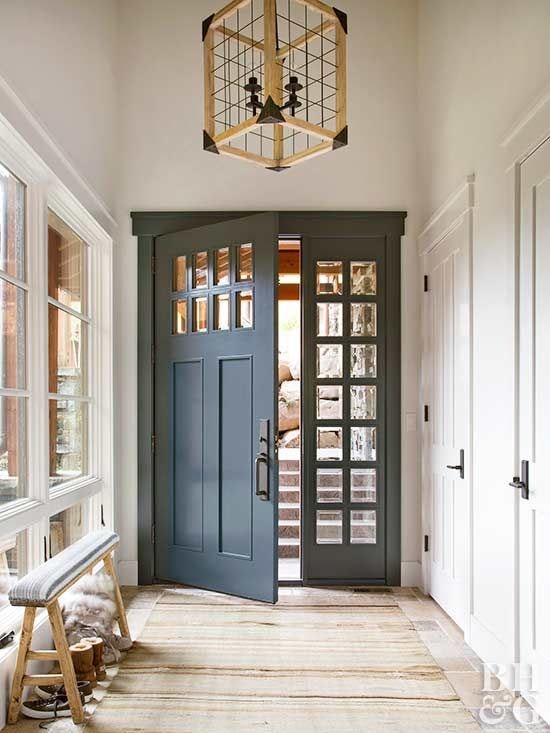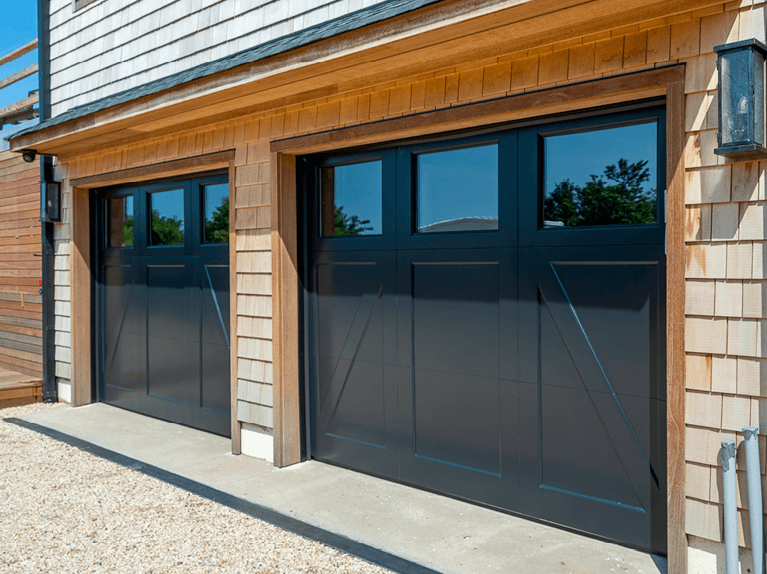
Choosing the Right Door Size for Your Home: A Comprehensive Guide
When designing or remodeling a home, selecting the right door size is crucial for both aesthetics and functionality. The size of a door influences not only the flow of space but also its accessibility, comfort, and visual harmony with the rest of the house. A door that is too small or large for its space can disrupt the balance of a room, while an appropriately sized door can enhance the overall look and feel of your home. Knowing how to choose the right door size involves understanding standard measurements, considering your specific needs, and balancing design elements with practical considerations.
Understanding Standard Door Sizes
In the United States, the standard door height is typically 80 inches (6 feet 8 inches), while widths can vary. Standard widths for interior doors are usually 24, 28, 30, 32, or 36 inches. The 36-inch width is most common for exterior doors because it allows for easier access and meets modern building codes for accessibility. While these dimensions fit most homes, understanding these basics will help you determine whether a standard door size fits your needs or whether you’ll need custom options for specific areas of your home.
Considering Traffic Flow and Accessibility
One of the primary factors in choosing the right door size is the traffic flow within your home. Doors in high-traffic areas, such as those leading to common spaces like living rooms or kitchens, should be wider to accommodate the frequent passage of people. Wider doors, such as 36-inch models, are also recommended for accessibility, especially if you need to plan for wheelchair users or future aging-in-place considerations. For bedrooms, smaller widths such as 28 or 30 inches might be sufficient, though some homeowners prefer larger doors for easier movement and a more open feel.
Evaluating the Room’s Proportions
The size of the door should complement the proportions of the room. In large, open spaces, small doors can appear out of place and create a sense of imbalance. Similarly, in compact rooms like bathrooms or closets, a door that is too large can overwhelm the space and make it feel cramped. Consider the room’s dimensions and how the door will look within its setting. Tall ceilings, for instance, might call for taller or double-height doors to match the grandeur of the space. For smaller rooms, a standard-height door may suffice, helping to maintain visual harmony.
Exterior Door Considerations
For exterior doors, sizing is even more critical since they serve as the primary point of entry and security for your home. A larger exterior door can make a bold architectural statement, providing an inviting entrance that enhances curb appeal. For homes with grand facades, double doors or oversized doors, such as those reaching up to 96 inches, can amplify the visual impact. However, it’s important to ensure that the size of the door doesn’t clash with the home’s proportions. A large door on a small or modest exterior may feel disproportionate, while an undersized door on a grand home might feel underwhelming.
Custom vs. Standard Sizes
While standard door sizes are suitable for many homes, there are instances where custom doors are necessary or desirable. Older homes, for example, may have non-standard doorways that require custom-sized doors to fit unique openings. Additionally, custom doors allow for greater flexibility in design, such as creating doors with unique heights, widths, or shapes. While custom doors offer more design freedom, they often come with a higher price tag and longer lead times for production, so it’s important to balance these factors with your overall design goals.
Door Thickness and Frame Considerations
Beyond height and width, the thickness of the door is another important consideration. Standard interior doors are typically 1 ⅜ inches thick, while exterior doors are usually 1 ¾ inches thick for added insulation and security. Thicker doors provide better soundproofing, durability, and insulation, making them ideal for exterior entryways or spaces where privacy and noise reduction are important, such as home offices or master bedrooms. When selecting a door, ensure that the door frame and wall thickness can support the door’s weight and size.
Accommodating Specialty Doors
If you are incorporating specialty doors, such as sliding barn doors, French doors, or pocket doors, into your design, door size becomes even more nuanced. Sliding doors often require a wider opening to accommodate the door panels, while pocket doors, which slide into the wall, need sufficient wall space to house the door when fully open. French doors, which are commonly used to divide indoor and outdoor spaces or create visual transitions between rooms, often have wider dimensions to enhance the sense of openness and light in the space.
Final Thoughts on Door Sizing
Choosing the right door size is about more than just following standard dimensions; it’s about ensuring the door complements the space and enhances the functionality of your home. By considering factors like traffic flow, room proportions, accessibility, and whether custom sizing is necessary, you can make a choice that fits both the aesthetic and practical needs of your space. In the end, a well-sized door not only improves the visual appeal of your home but also ensures comfort, efficiency, and long-term satisfaction for everyone who uses it.










